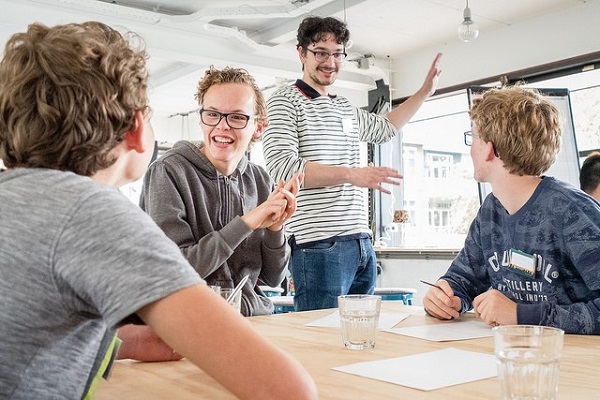Research briefing on teaching intensity
Posted on: 14 June 2018 by Peter Kahn in 2018 posts

What does it mean for a programme of study to be taught intensively? What is it like for students to receive a high level of support for their learning?
This blog posting draws your attention to a research briefing on teaching intensity. It is designed to offer a synthesis of significant or highly-cited research on what it means for students to receive intensive support for their studies. It seeks to open up new avenues for departments to adapt their existing teaching provision.
The briefing itself is available on the author's site at academia.edu. This is the first briefing in an occasional series from the University's Centre for Higher Education Studies.
A consideration of the extent to which contact time encourages students to engage in their studies is already part of the assessment criteria employed within the Teaching Excellence Framework (TEF) at the institutional level, given the criteria on student engagement. The existing framework for excellence, though, is being developed to take in assessment of teaching quality at the subject level, and not simply for the institution as a whole.
Given that a study by Huxley, Mayo, Peacey and Richardson showed that significant differences in teaching intensity remain within subjects, it is important for departments and schools to review the intensity of their teaching; such a review could be expected also to lead to improved support for learning.
The briefing outlines research that indicates how closeness of contact with tutors is a good predictor of educational outcomes, but particularly because this usually affects how one teaches. Graduate Teaching Assistants are also considered in the briefing, as is the value of immersive learning that occurs through placements and authentic assessment, and is supported by technology.
Image: Joris Louwes, Creative Commons